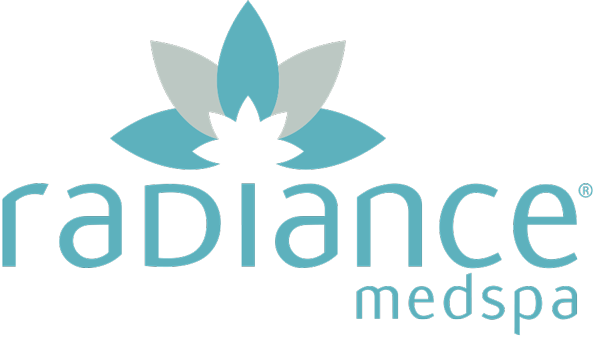Much like paying taxes, aging is inevitable. But please don't get me wrong, getting older is nothing short of a blessing.
Getting to spend more time on earth with those you love most is not something to be taken for granted, however, there's nothing wrong with wanting to look your best (on your own terms) as you age. So if having an arsenal of anti-aging skincare products is your thing, go for it. Same rules apply to in-office treatments.
Speaking of which, I'd be doing you a disservice if I didn't tell you about the latest microneedling treatment I've fallen in love with: Vivace.
Anyone who has done microneedling before (and I don't mean the at-home roller, I mean the in-office treatments) knows that 1) it's painful, and 2) it's going to take around three days for the redness and sensitivity to subside.
At first, I thought the little bit of discomfort was worth it since the results truly are amazing. But after trying Vivace, I've come to realize that life does not need to be that hard.
"Vivace is a microneedling [procedure] that is effective in treating fine lines and also tightening the skin," says Dr. Marie V Hayag, the board-certified dermatologist who performed my treatment. "It is unique in its ability to provide three different treatments in a single session. It combines microneedling with radiofrequency treatment, LED light therapy and radiofrequency heat. The LED light therapy reduces inflammation which speeds healing immediately after the procedure. During the treatment, gold-tipped microneedles deliver the radiofrequency heat into the subdermal layers of your skin. This stimulates your skin's own production of elastin and collagen.”
Once I arrived at Dr. Hayag's office, I took a few candies from the tray and had a seat. Next, a nurse brought me into the treatment room and applied a numbing cream to my face. I waited for around 20 to 30 minutes while checking emails, then it was time for the procedure to begin.
At first — not going to lie — I was expecting to cringe from the pain as Dr. Hayag went over my face and neck, but it felt like nothing more than a slight tickle, so I ended up doing two passes on my face and neck. However, I must warn you that pain tolerance can vary from person to person, so take what I'm saying with a grain of salt (but truly it's a lot more tolerable than traditional microneedling).
"Vivace is minimally invasive and the radiofrequency heat is distributed across the needles evenly to heat the skin gently, while the needles penetrate the skin without tearing it. Plus, the addition of the LED light promotes healing post treatment," Dr. Hayag explains. "Side effects with Vivace are minimal. Patients may experience some mild redness and irritation at the treatment area, which shouldn't last more than one to two days after the treatment. This is the skin's normal response and should go away shortly."
And she's not kidding.
Once we were done, the dermatologist finished off the treatment with a cooling mask (although I was in zero pain), then gave me a serum to take home. However, before I left, I took a look in the mirror expecting to see a splotchy red face — I even brought a hat with me to cover myself up just in case. But to my surprise, my skin was only lightly flushed at best. And by the time I got home, I looked like myself, only more glowy.
For the first few days post-treatment, I skipped any heavy duty products, like retinols, to avoid pissing off my skin. Instead, I stuck to cleanser, serum, and moisturizer, both day and night. After about a week, I returned to my regular routine, and my skin has been looking tighter and feeling as smooth as ever.
Dr. Hayag suggests patients get anywhere from three to five treatments to start, then let your skin be the judge when it comes to additional sessions.
"Results are both immediate and improve over time. Your skin will continue to produce elastin and collagen at an accelerated rate for up to six months after the treatment, so that's when you'll see the full results," she says. "Many patients find that their results last for several years, depending on the number of treatments they received. If the patient chooses to get routine maintenance treatments, their results will last longer."
Read article here.

